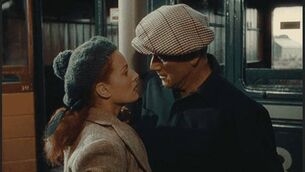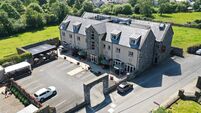Ray comes calling for a good dinner

Nowadays, the surface is as good as any road in Ireland — better than any in West Cork — and barriers strong enough to precludes the possibility of a truck ‘going over the edge’.
However, as I drove across the island from the ferry the other day, I noticed that on one particular ‘curva’ one might worry more about something falling upon one from above than missing the corner and falling from above oneself.














